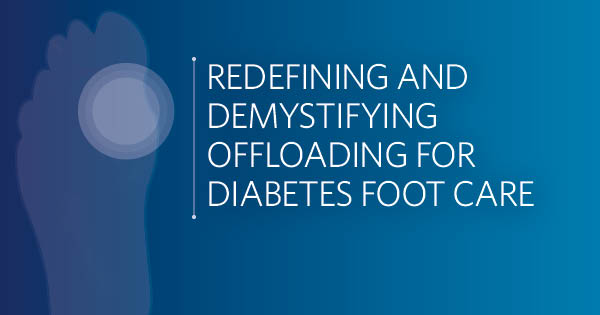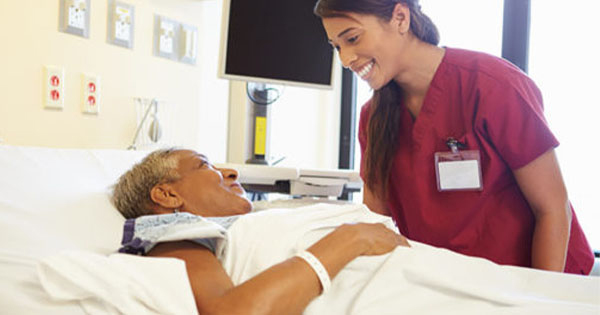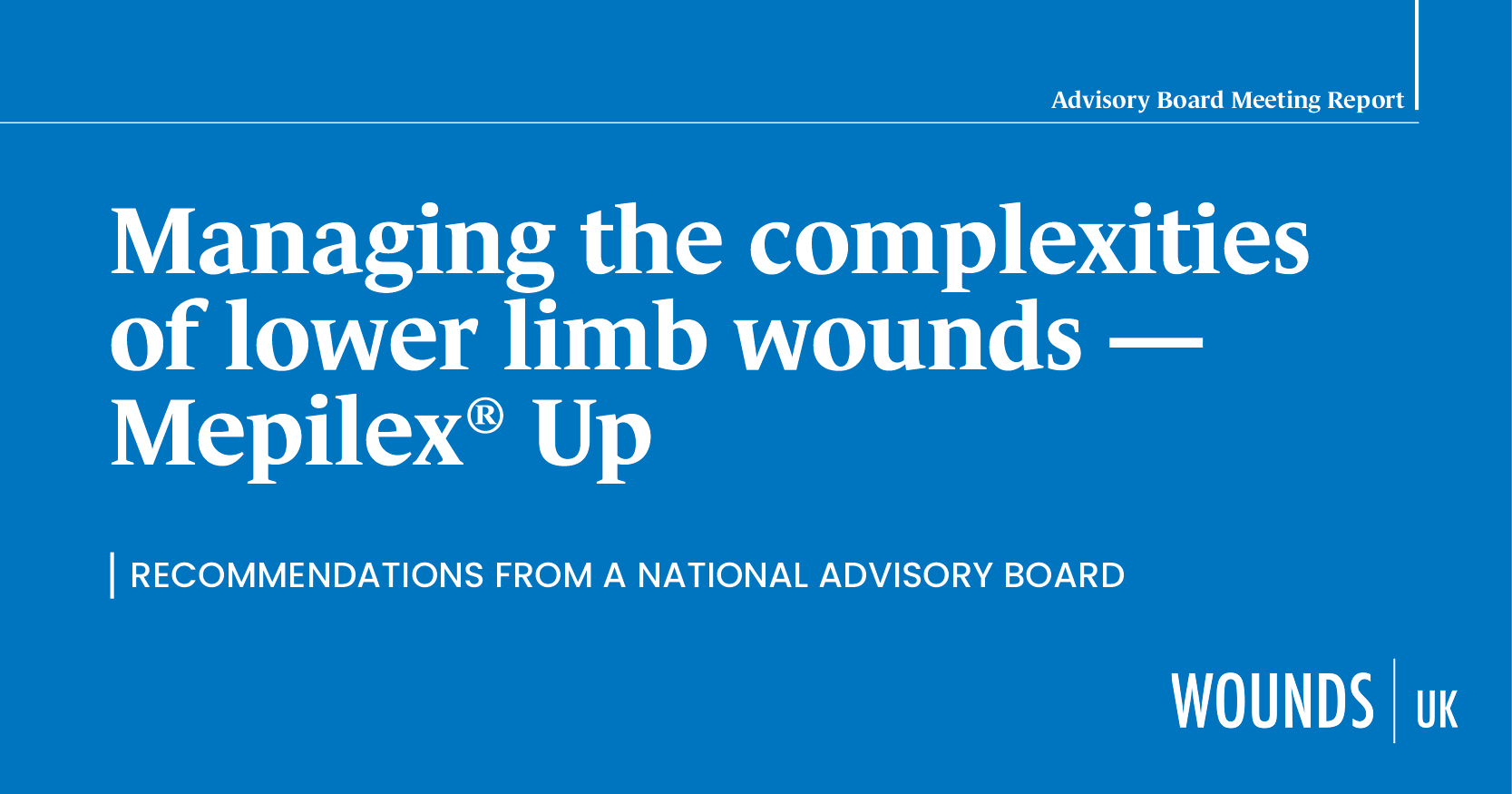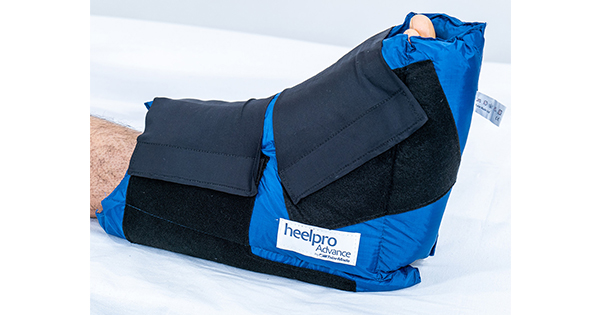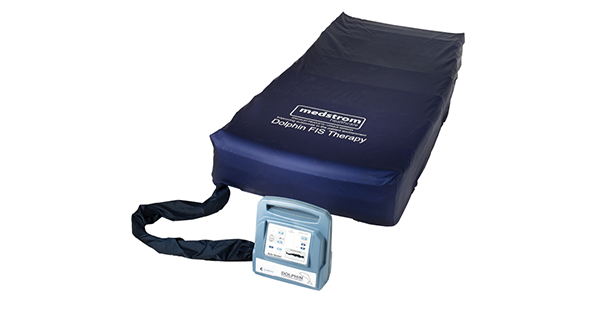Foot ulcers associated with diabetes are complex wounds and have a major long-term impact on the morbidity, mortality and quality of patients’ lives (Brownrigg et al, 2012). Foot ulcers in people with diabetes are also associated with a high risk of hospitalisation and resource utilisation that is at least equivalent to other major chronic diseases such as heart disease, stroke, and cancer (Skrepnek et al, 2017). In the UK, it is estimated that 17% of patients with diabetes will have at least one amputation within 12 months from initial presentation with a foot ulcer (Guest et al, 2018).
Therefore, foot ulceration among people with diabetes urgently needs to be addressed, to limit the associated social and economic costs, as well as the personal cost to the patient. Principles of diabetic foot ulcer management include wound debridement, offloading, revascularisation, and in the presence of infection, antibiotic therapy. Alongside the control of underlying comorbidities, offloading is a key element of the management and prevention of foot ulcers among people with diabetes (NICE, 2019). However, offloading is poorly utilised, and it is estimated that only 5% of patients receive a load redistribution device (Guest et al, 2018).
The International Working Group on the Diabetic Foot (IWGDF) recommend that in a person with diabetes and a neuropathic plantar forefoot or midfoot ulcer, a non-removable knee-high offloading device with an appropriate foot-device interface is the first-choice of offloading treatment to promote healing of the ulcer (Bus et al, 2019). This may be either a total contact cast (TCC) or a non-removable knee-high walker, with the choice dependent on the resources available, technical skills, patient preferences and extent of foot deformity present (Bus et al, 2019).
Resources, technical skill and availability of therapeutic load redistribution devices vary across the UK. This Consensus Document was commissioned and initiated by the Scottish Diabetes Foot Action Group. The document is for healthcare professionals involved in the care of people with diabetes and a foot ulcer who require offloading. The aims of the document are not only to demystify offloading and encourage the uptake of suitable load redistribution devices, but also to ensure the correct strategy is implemented to suit the individual patient’s needs, clinical resources and geographical location.

